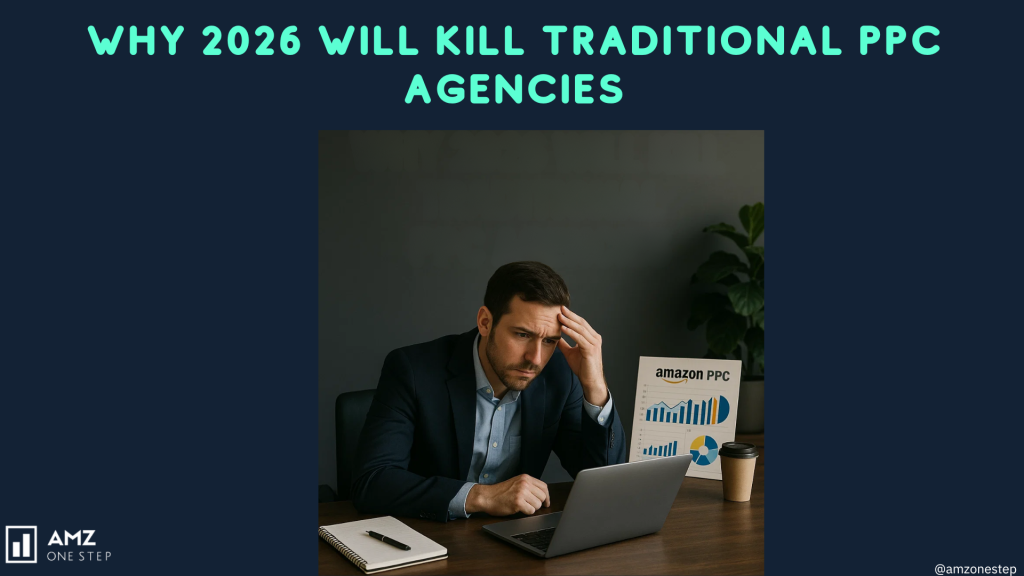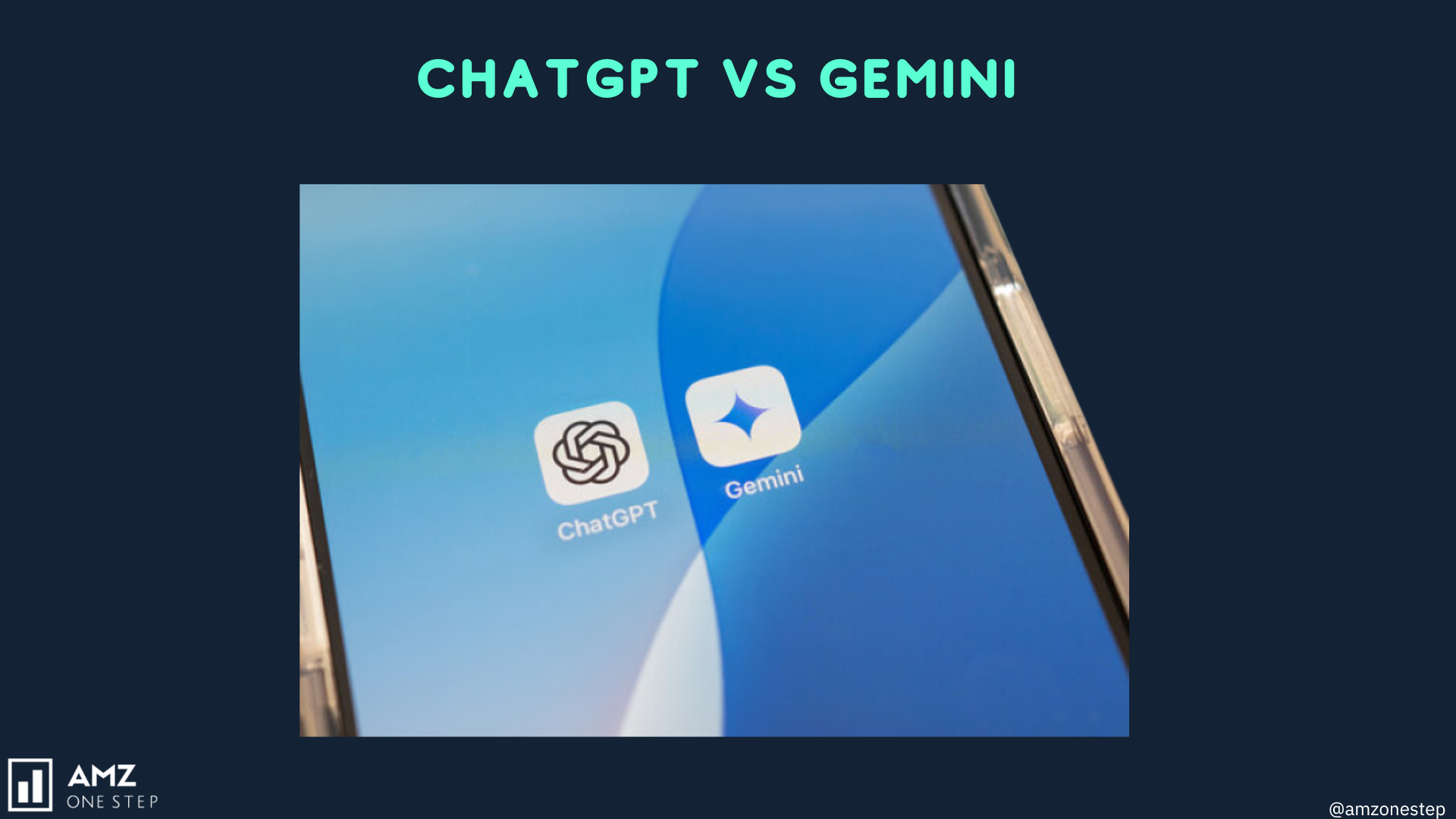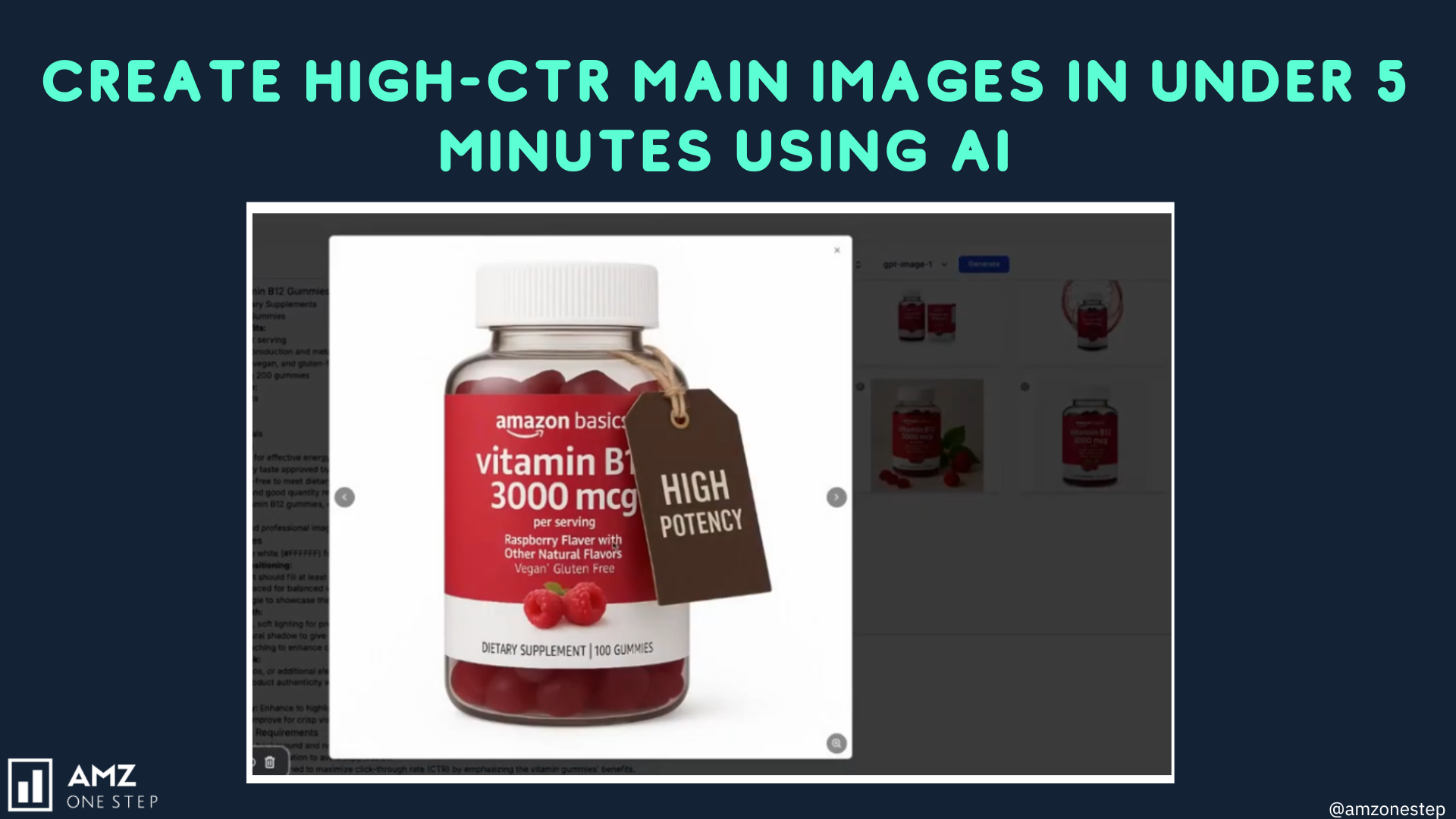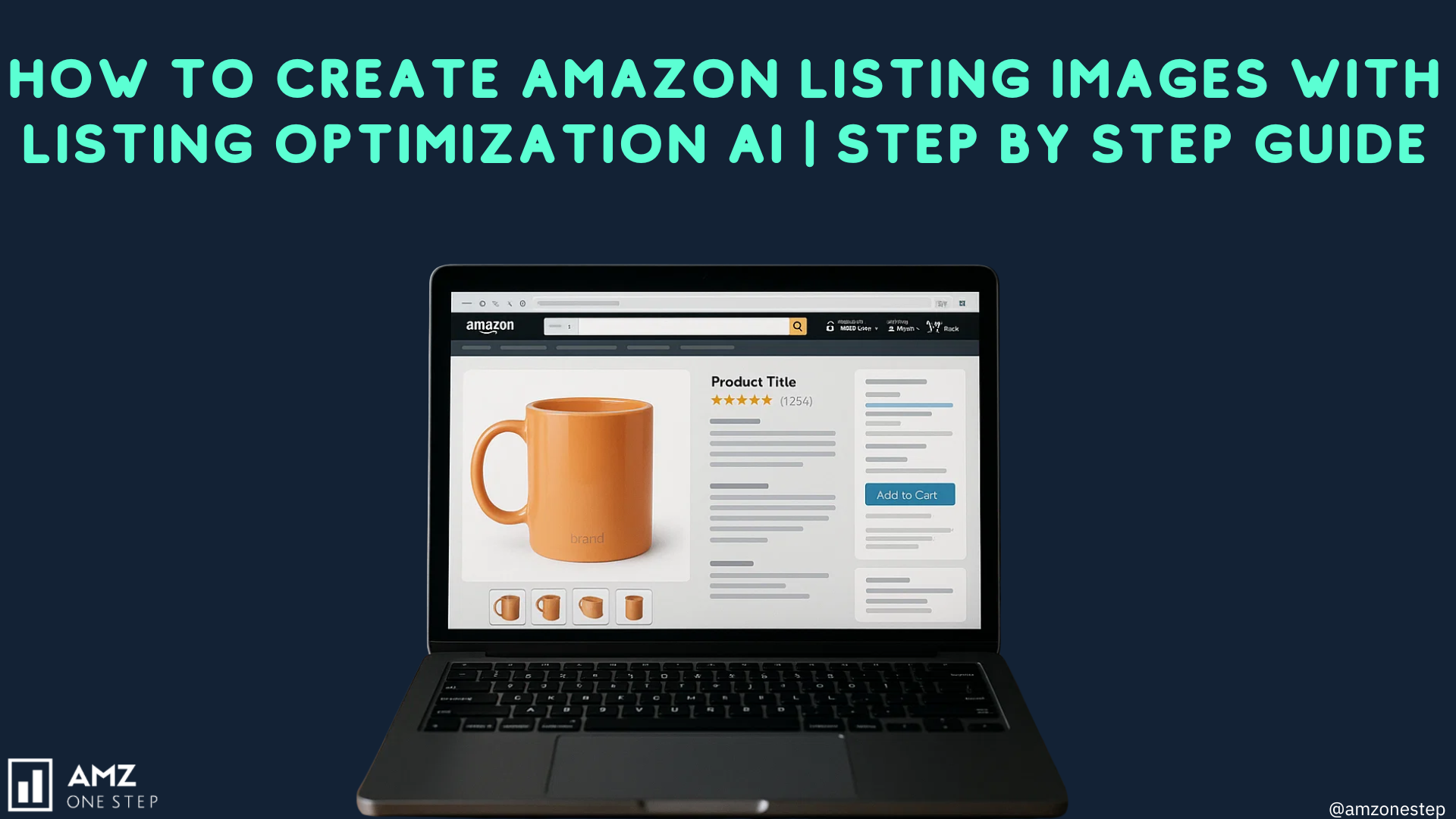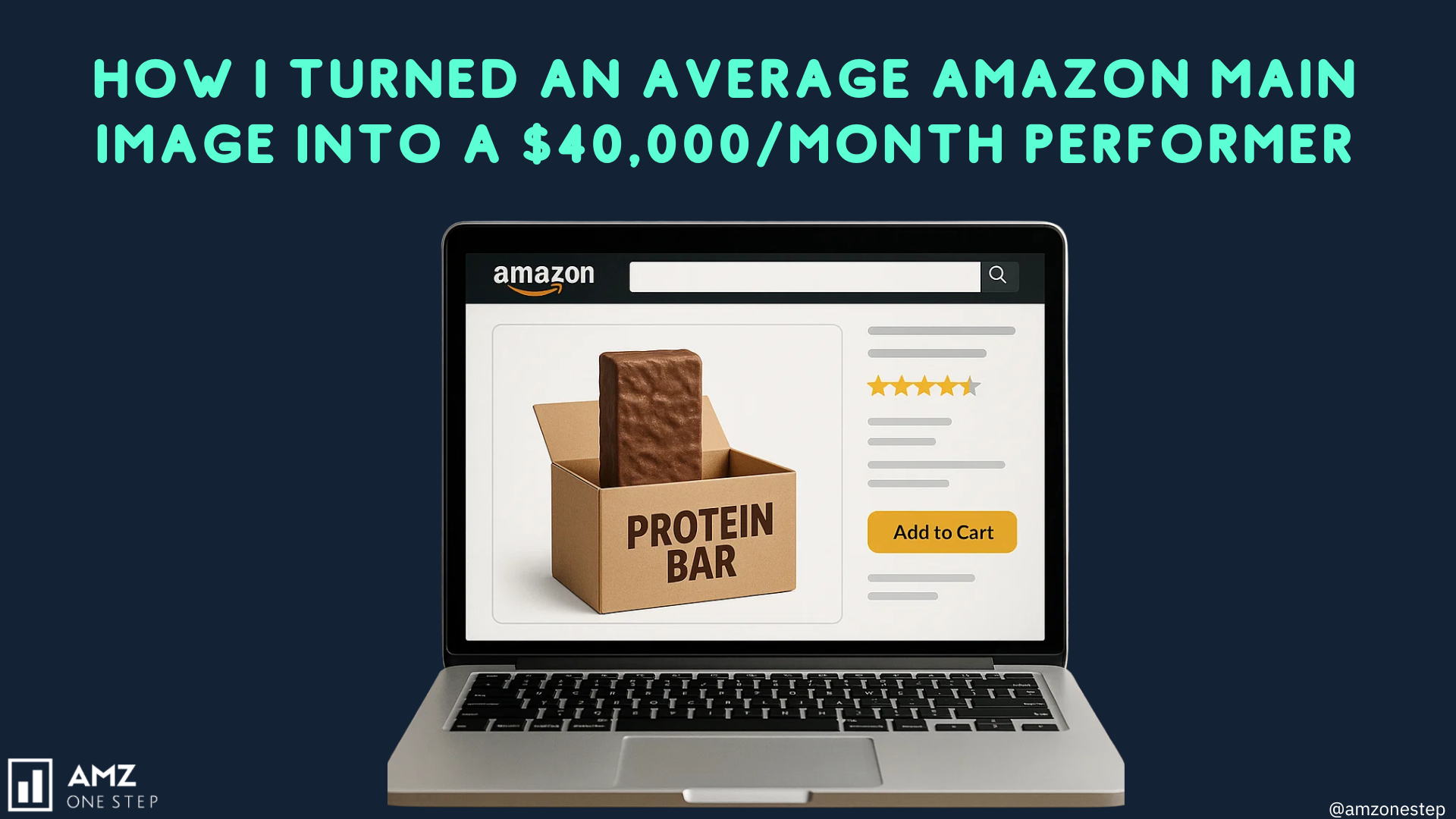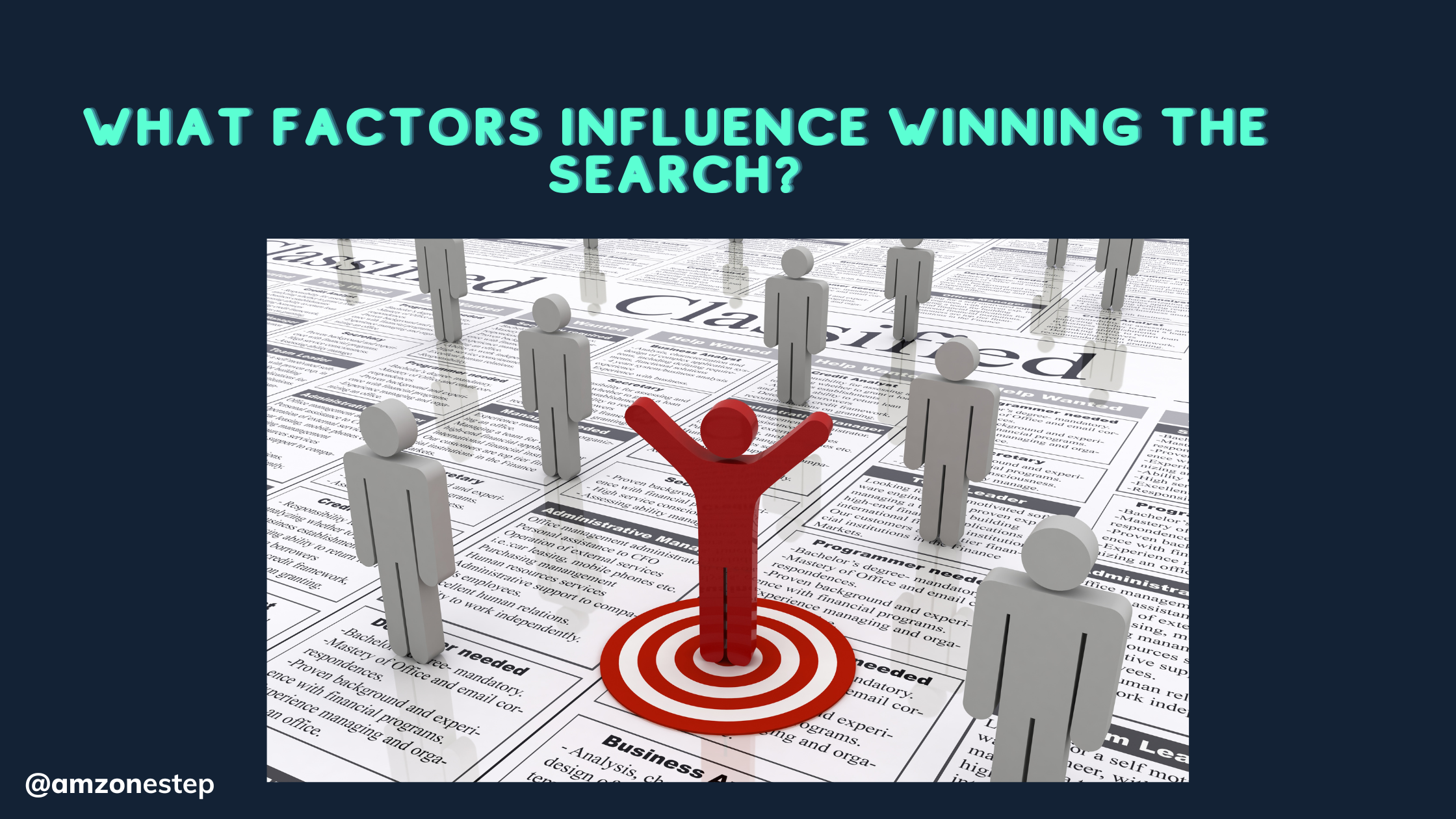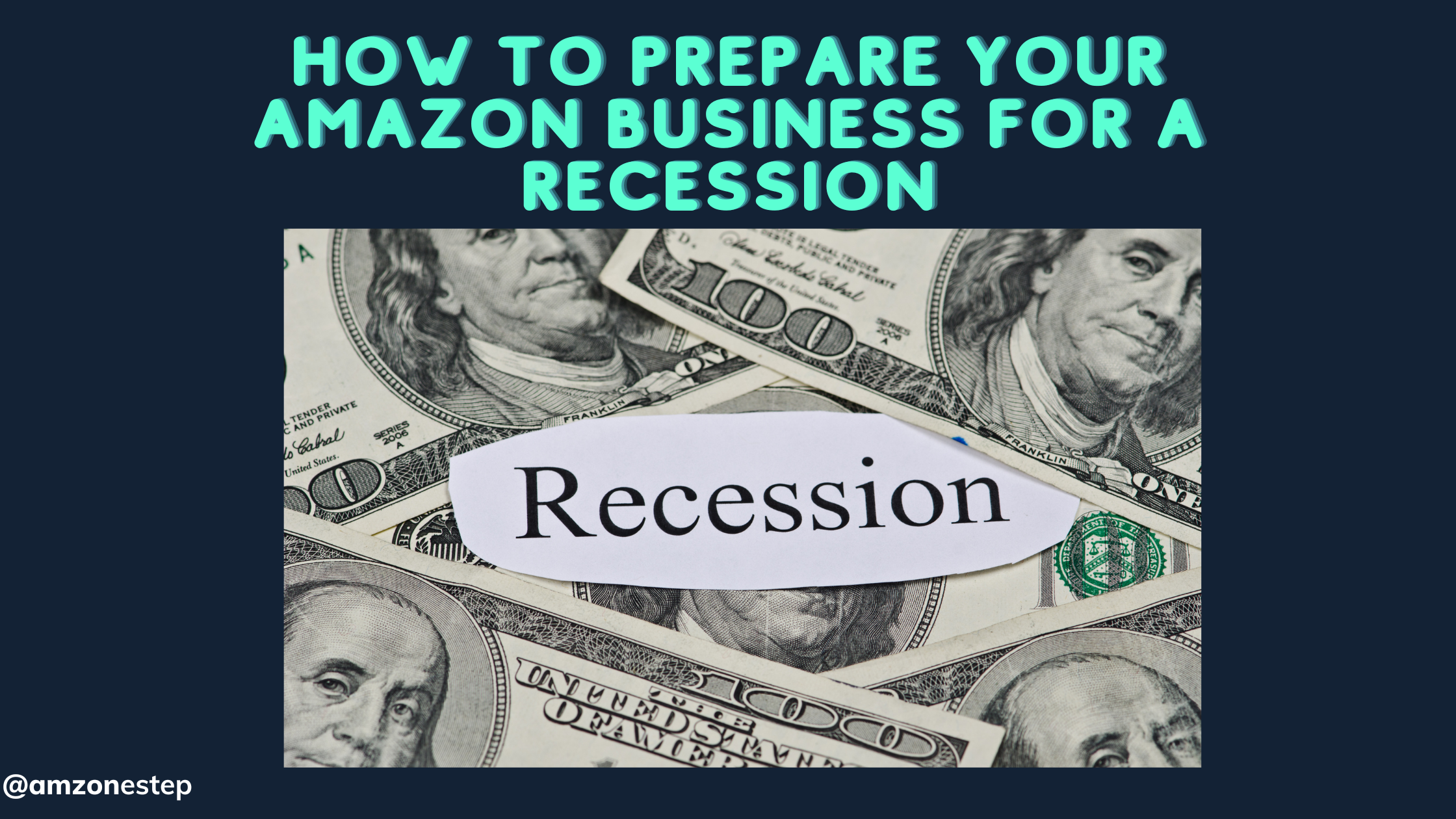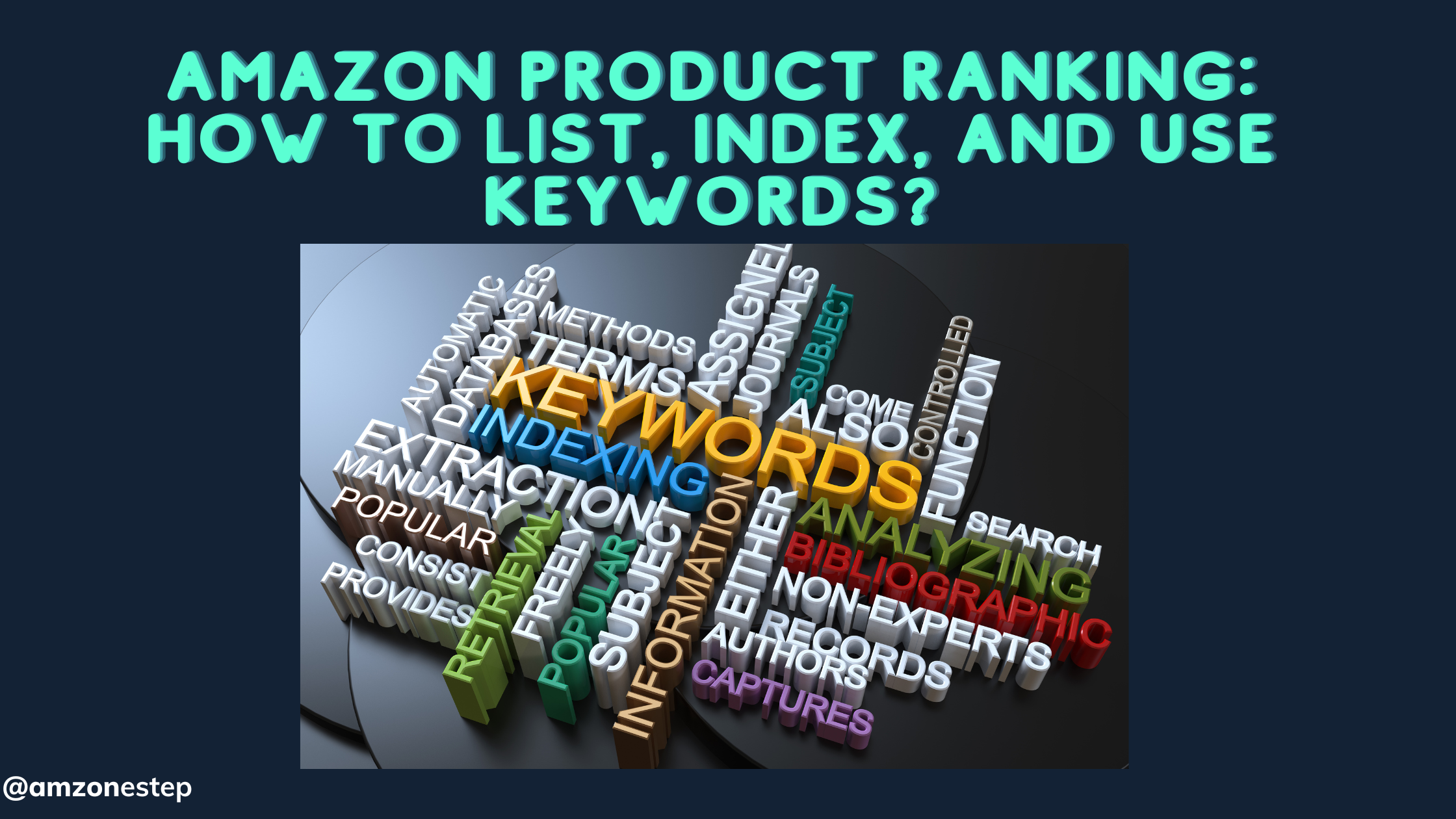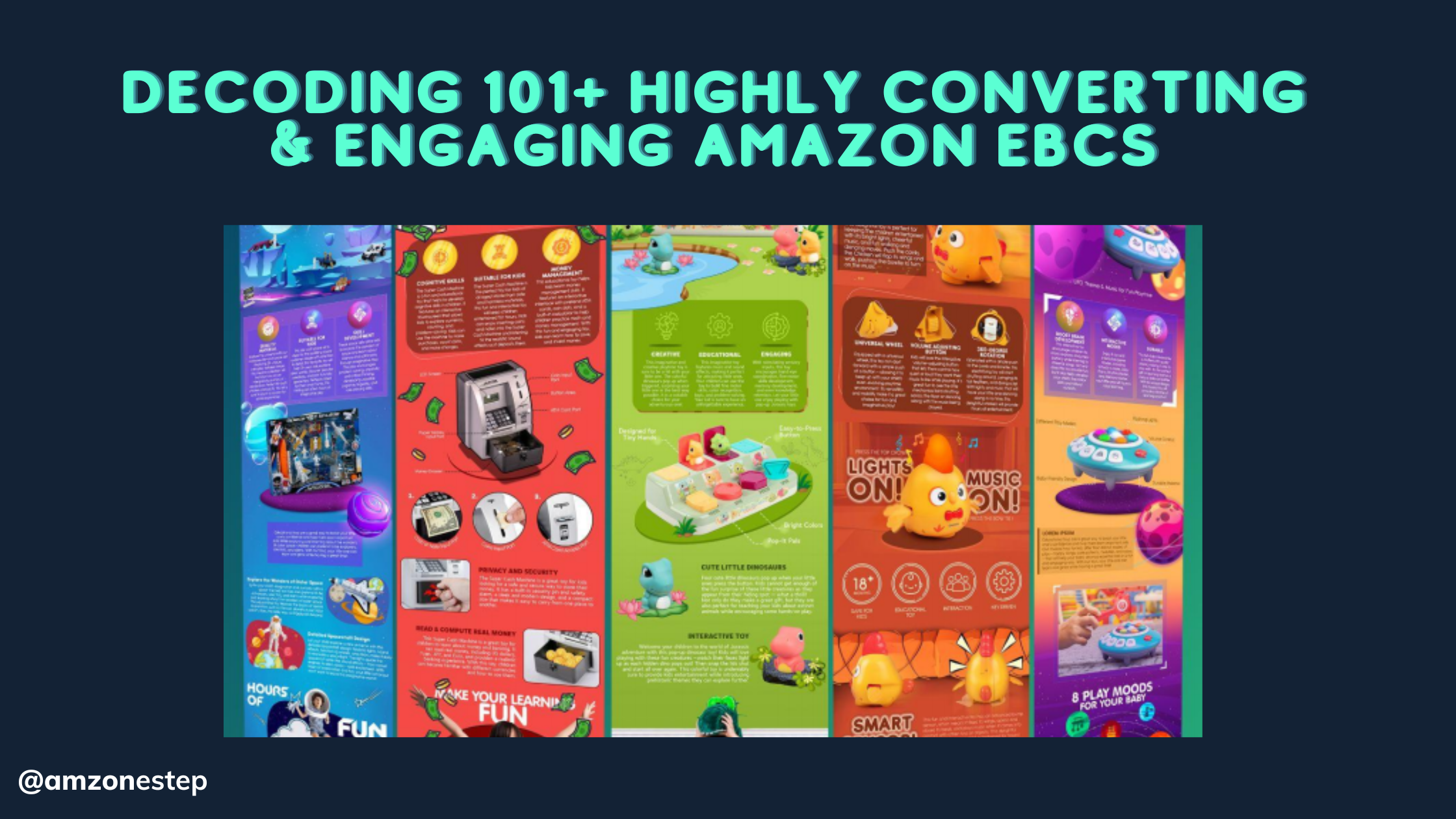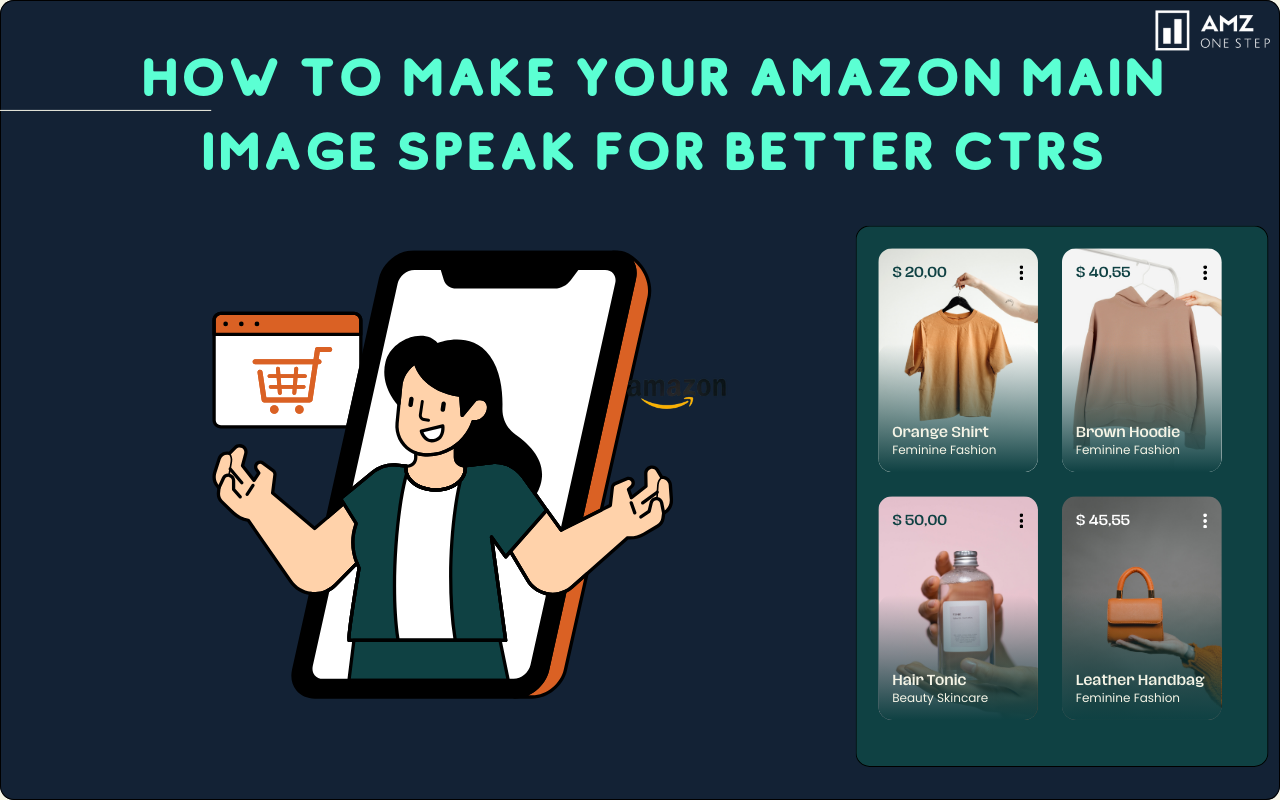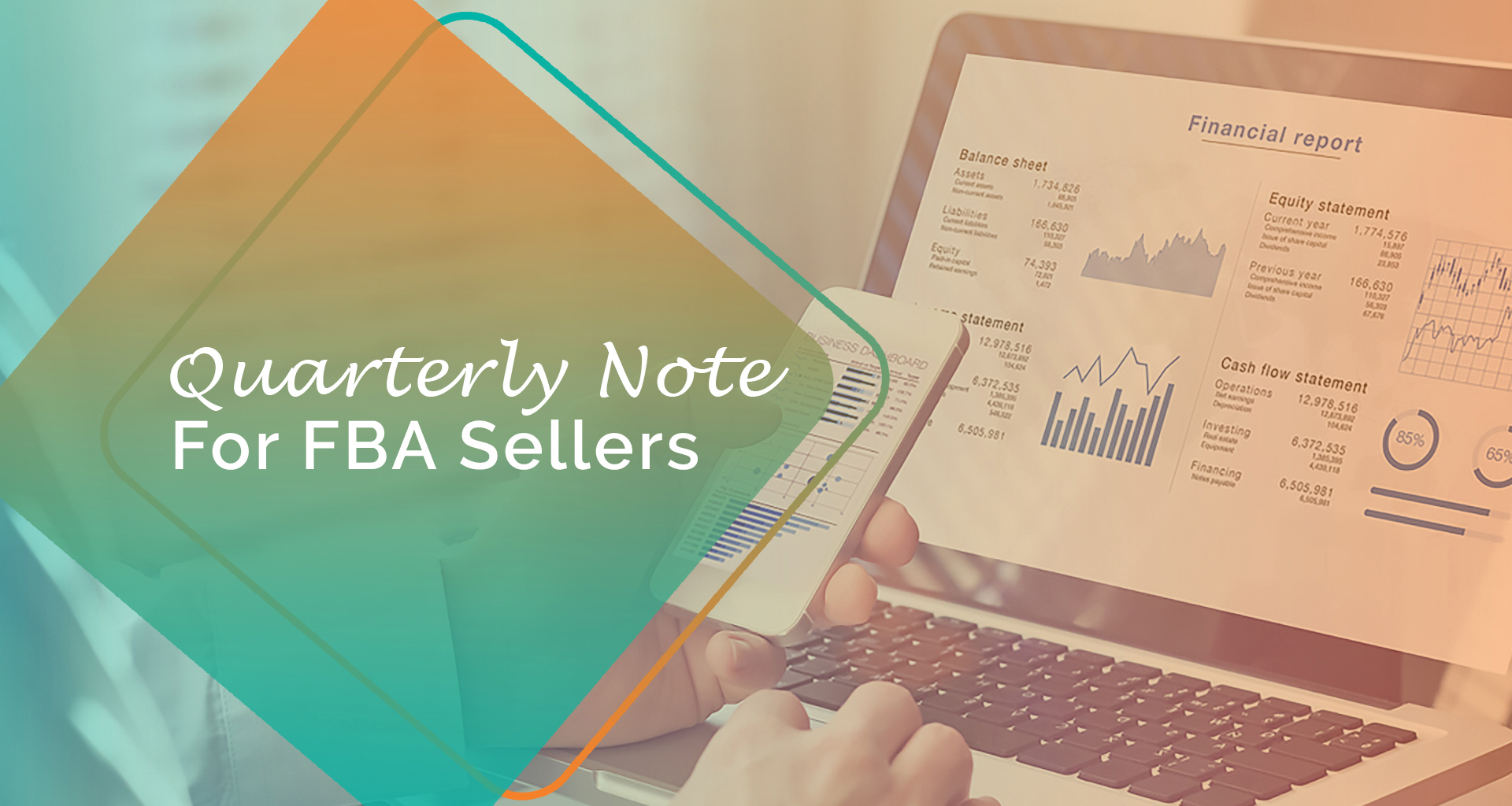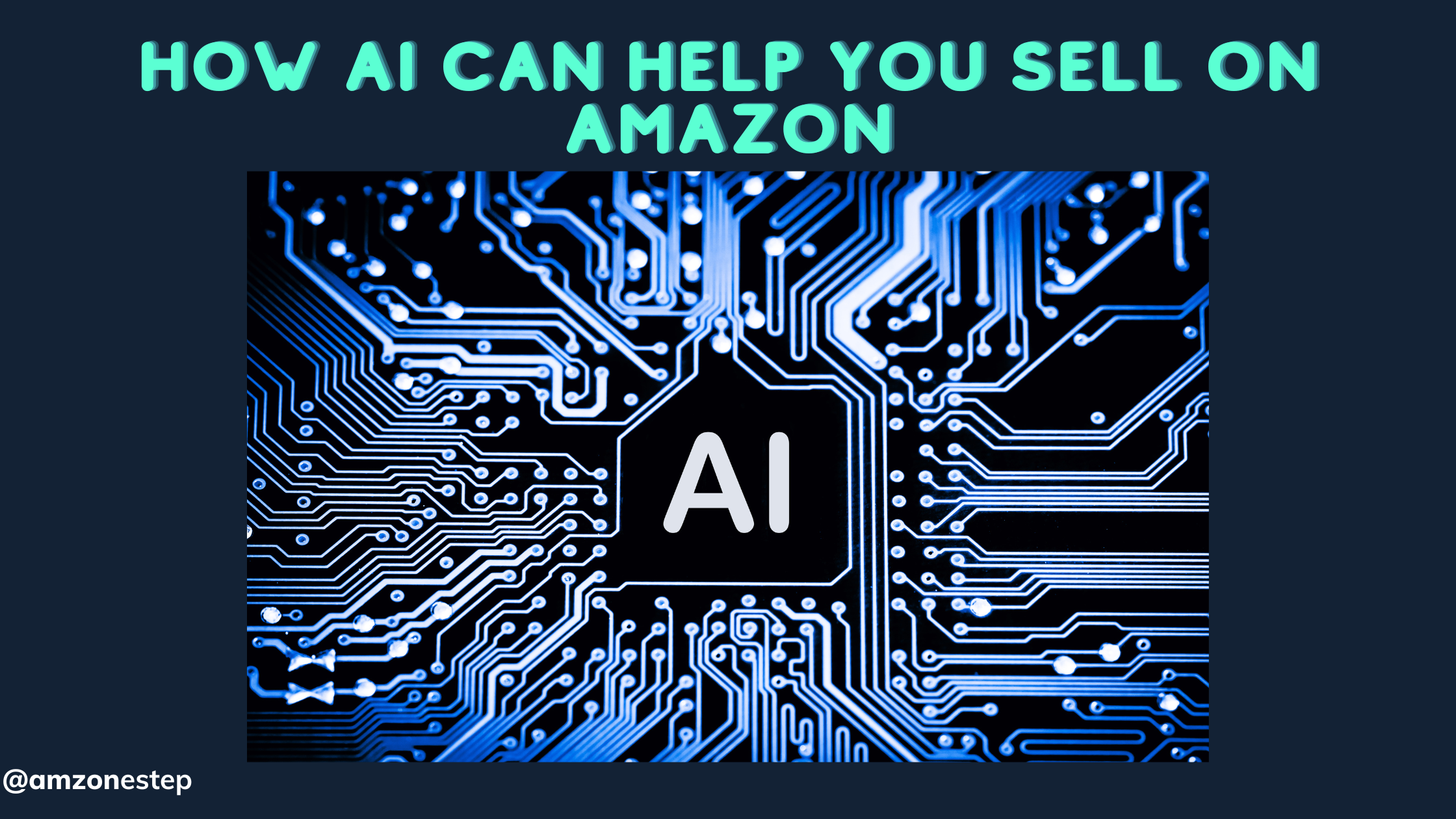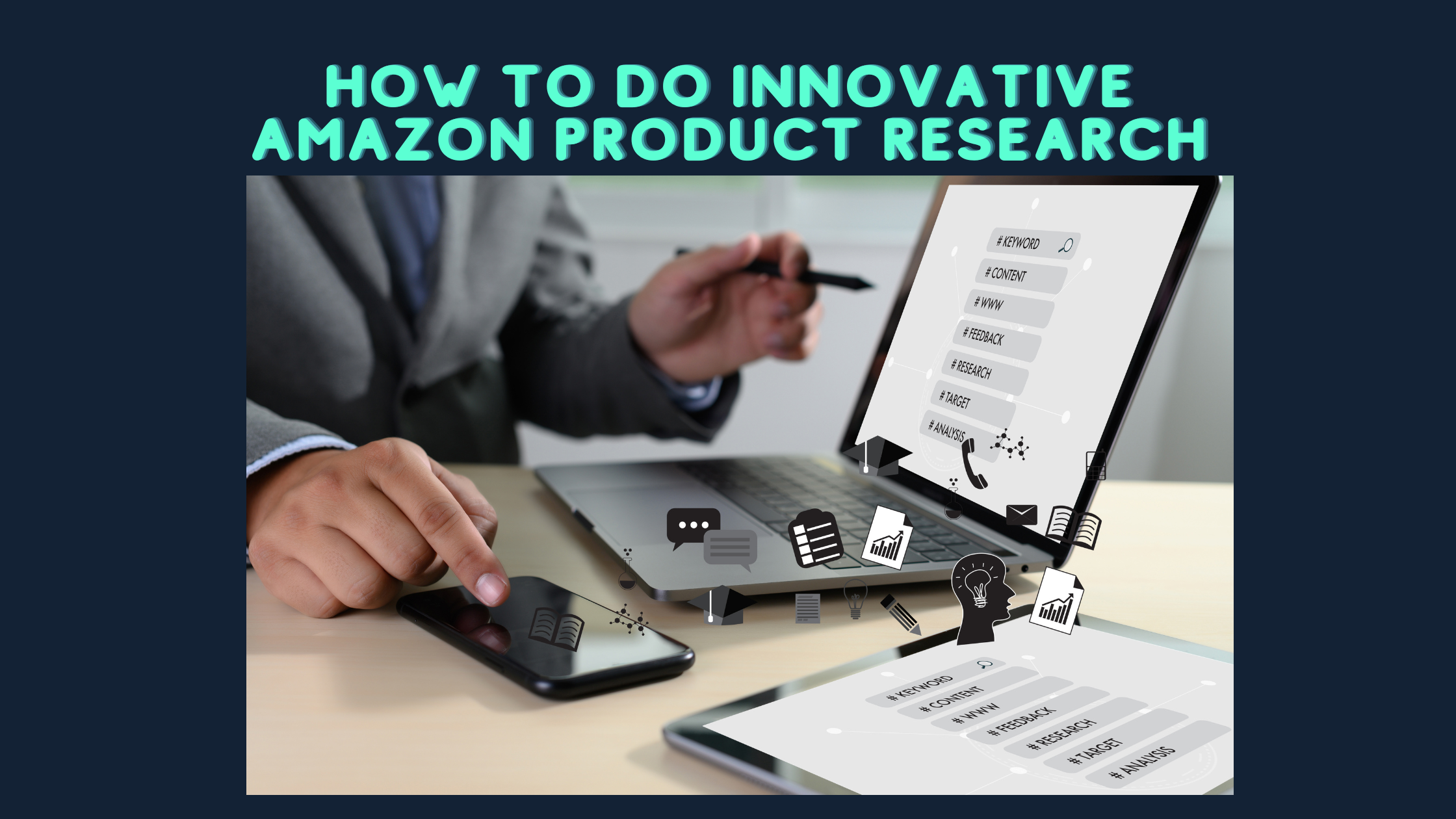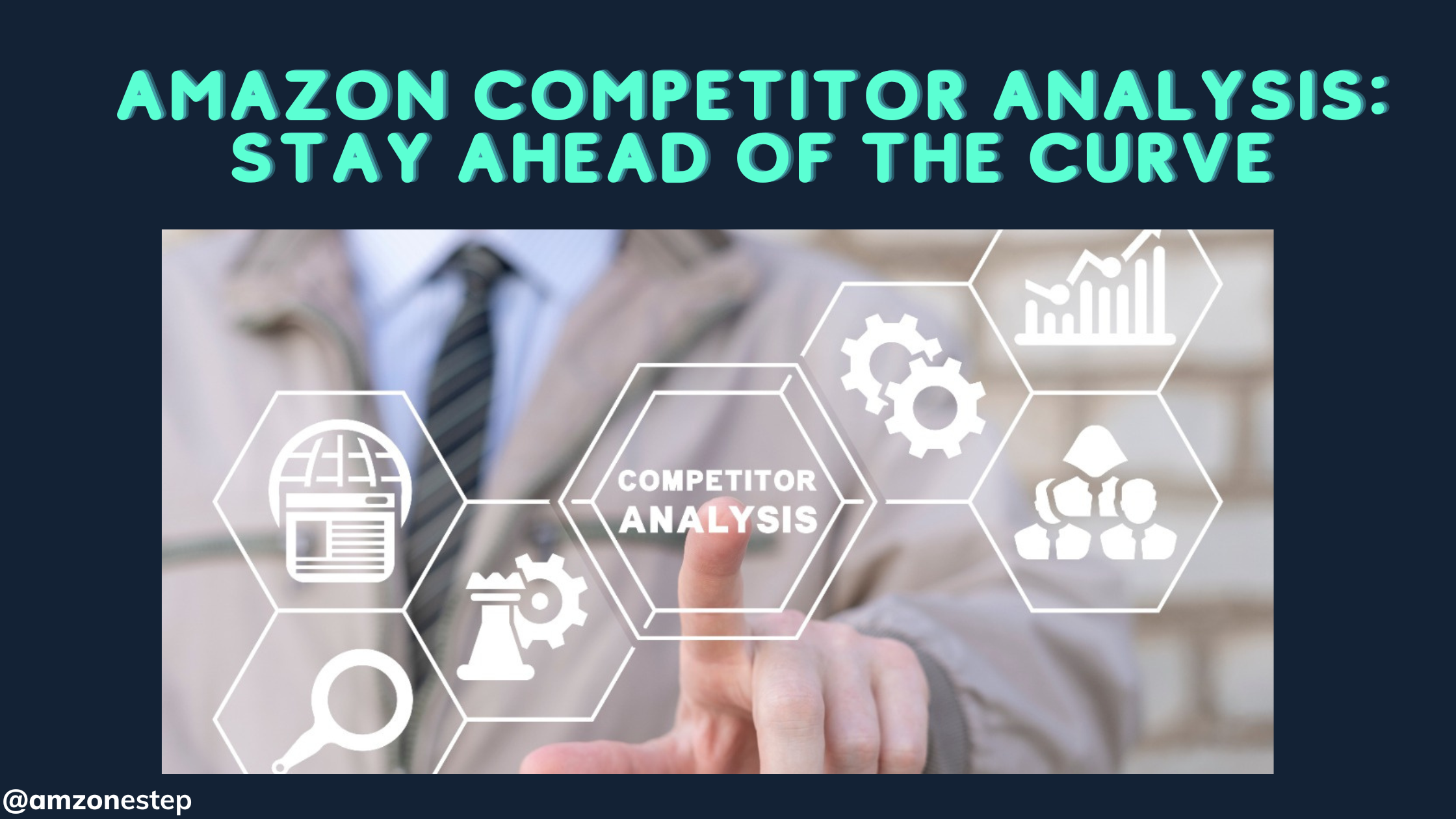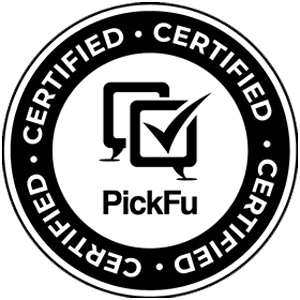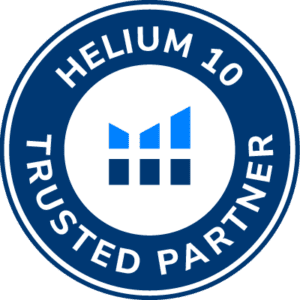Why 2026 Will Kill Traditional PPC agencies
The Complete Guide to the Conversion-Focused Marketing Revolution
The $351.55 billion digital advertising market is undergoing a seismic shift.
Traditional
PPC agencies
are becoming obsolete, replaced by conversion agencies
that deliver 47% higher ROAS through integrated creative and
PPC management
.
Complete Guide Contents
- Introduction & Market Context
- Implementation Strategies Explained
- The Fundamental Problems Explained
- Amazon Marketplace Specific Insights
- The Conversion Agency Solution
- ROI and Cost-Benefit Analysis
- The Science Behind 47% ROAS Improvement
- Industry Case Studies
- Market Evolution & Trends Analysis
- Future Outlook & Strategic Recommendations
Conversion Agencies
2025
Creative
Introduction & Market Context
The Digital Advertising Revolution: A Historical Perspective
The digital advertising landscape has undergone dramatic transformations since 2010, evolving from simple banner ads and basic search campaigns to sophisticated, data-driven ecosystems worth hundreds of billions of dollars. To understand why 2026 represents a critical inflection point for traditional PPC agencies, we must first examine how we arrived at this moment of industry disruption.
In 2010, Google AdWords (now Google Ads) was still a relatively simple platform, and Facebook advertising was in its infancy. PPC agencies emerged as specialists who could navigate the technical complexities of campaign setup, keyword research, and bid management. Creative requirements were minimal – a few text ads and basic display banners sufficed for most campaigns.
Timeline of PPC Agency Evolution:
2010-2012: Text-based campaigns dominated, minimal creative requirements
2013-2015: Display advertising expanded, basic image needs emerged
2016-2018: Social media advertising exploded, video content became crucial
2019-2021: Advanced targeting options required sophisticated creative strategies
2022-2024: AI-driven platforms demand integrated creative and PPC approaches
As platforms became more sophisticated, the gap between PPC technical expertise and creative requirements widened. PPC agencies found themselves spending increasing amounts of time on creative elements they weren’t equipped to handle, while creative agencies remained disconnected from the performance data that should inform their work.
Current Market Size and Growth Projections
The numbers tell a compelling story of an industry ripe for transformation. According to the latest industry research, global search advertising spending is projected to reach $351.55 billion in 2025, representing a compound annual growth rate of 8.4% since 2020.

The Traditional Agency Ecosystem Problems
Despite this massive market growth, client satisfaction with traditional agency models has been declining. Our analysis of industry surveys reveals several systemic problems:
Critical Issues in Traditional Models:
Fragmented Expertise: PPC specialists lack creative insight, creative teams lack performance awareness
Communication Breakdowns: 68% of businesses report difficulties coordinating between agencies
Misaligned Incentives: PPC agencies optimize for clicks, creative agencies optimize for awards
Duplicate Overhead: Double account management, reporting, and strategic planning costs
Blame Attribution: When campaigns fail, agencies point fingers instead of solving problems
Introduction to the Conversion Agency Concept
Enter the conversion agency – a new breed of marketing partner that integrates creative development and PPC management under one roof, with one goal: maximizing your return on ad spend through unified strategy and execution.
Conversion Agency Definition:
A conversion agency is a performance-focused marketing partner that combines creative development, PPC management, and conversion optimization into a single, integrated service offering. Unlike traditional agencies that specialize in one area, conversion agencies optimize the entire customer journey from ad impression to final purchase.
This integrated approach isn’t just theoretical – it’s producing measurable results. Our 8-month testing study, conducted across 47
different campaigns and $2.3 million in ad spend, revealed that conversion agencies deliver an average of 47% higher ROAS
compared to traditional dual-agency models.
The Fundamental Problems Explained
Deep Dive into the 25/75 Time Allocation Problem
The most glaring inefficiency in today’s agency ecosystem stems from how time and resources are allocated. Our comprehensive
analysis of 150+ agency time-tracking reports reveals a stark misalignment between what clients need and what agencies actually
deliver.
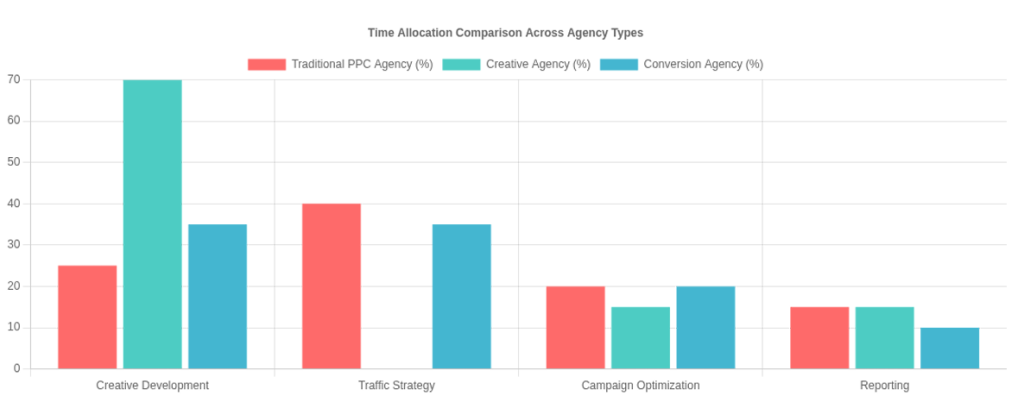
PPC Agency Time Breakdown (Weekly):
40% – Campaign Management: Bid optimization, keyword research, account structure
20% – Data Analysis: Performance reporting, attribution modeling
15% – Client Communication: Meetings, strategy calls,
reporting
25% – Creative Tasks: Ad copy, basic image selection, landing page input
This 25% includes:
• Writing ad copy (60% of creative time)
• Sourcing stock images (25%)
• Basic A/B testing (15%)
The problem compounds when you consider that modern advertising platforms require sophisticated creative elements. Facebook campaigns need video content, carousel ads, and dynamic creative optimization. Google Ads requires responsive search ads, image extensions, and landing page alignment. Amazon demands infographics, lifestyle imagery, and A+ content.
The Conversion Agency Solution Explained
Comprehensive Definition and Philosophy
A conversion agency represents a fundamental shift in how digital marketing services are structured and delivered. Unlike traditional agencies that optimize for vanity metrics or creative awards, conversion agencies have one primary objective:
maximizing profitable customer acquisition and retention through integrated creative and performance strategies.
Core Principles of Conversion Agencies
1. Performance Integration: Creative decisions are made based on performance data, not aesthetic preferences
2. Unified Accountability: One team, one goal, one point of responsibility for all results
3. Rapid Iteration: Creative and PPC optimizations happen in parallel, not sequence
4. Data-Driven Creativity: Every creative element is tested and optimized for conversion performance
5. Holistic Customer Journey: Optimization spans from first impression to final purchase and beyond
Detailed Breakdown of Integrated Workflow Processes
The magic of conversion agencies lies in their integrated workflows. Here’s how the process differs from traditional agency models:
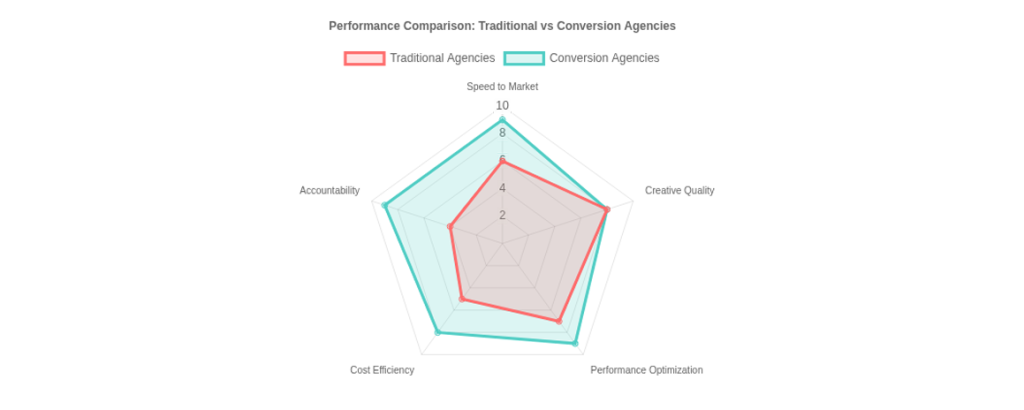
The Conversion Agency Workflow: Step-by-Step
Phase 1: Integrated Discovery (Week 1)
Traditional Approach: Separate discovery sessions with PPC and creative teams
Conversion Approach: Unified discovery session with integrated team
1. Market and competitor analysis (both creative and performance angles)
2. Audience research combining demographic and behavioral data
3. Historical performance analysis to identify creative opportunities
4. Brand guidelines review with performance optimization considerations
5. Technical platform assessment for creative and PPC requirements
Phase 2: Unified Strategy Development (Week 2)
Creative strategy and PPC strategy are developed simultaneously with shared objectives:
1. Creative concepts designed around high-performing audience segments.
2. PPC campaign structure optimized for creative asset deployment.
3. Landing page strategy aligned with ad creative and traffic source.
4. Attribution modeling setup to track full conversion path.
5. A/B testing framework covering both creative and PPC variables.
Phase 3: Simultaneous Development and Launch (Weeks 3-4)
Creative development and campaign setup happen in parallel:
1. Creative assets developed with PPC specifications in mind
2. Campaign structure built to accommodate creative testing variants
3. Quality assurance covers both creative and technical elements
4. Tracking implementation ensures full attribution visibility
5. Soft launch with integrated monitoring across all touchpoints
Phase 4: Integrated Optimization (Ongoing)
Continuous optimization happens in real-time across creative and PPC elements:
1. Daily performance analysis identifies optimization opportunities
2. Creative iterations based on PPC performance data
3. PPC adjustments informed by creative engagement metrics
4. Landing page optimizations aligned with top-performing ad combinations
5. Regular strategy reviews with unified team and client
Technology Platforms and Tools for Integration
Conversion agencies leverage sophisticated technology stacks that enable seamless integration between creative development and performance optimization:
Unified Analytics Platforms
Attribution Modeling: Triple Whale, Northbeam, Hyros
Performance Dashboards: Custom-built unified reporting
Creative Analytics: Facebook Creative Hub, Google Analytics 4
A/B Testing: Optimizely, VWO with performance integration
Creative Development Tools
Design Systems: Figma with performance data plugins
Video Production: Loom, Vidyard with conversion tracking
Asset Management: Brandfolder with performance tagging
Dynamic Creative: Facebook DCO, Google Responsive Ads
Team Structure and Role Definitions
The organizational structure of a conversion agency differs significantly from traditional agencies. Here’s how roles are redefined for integration:
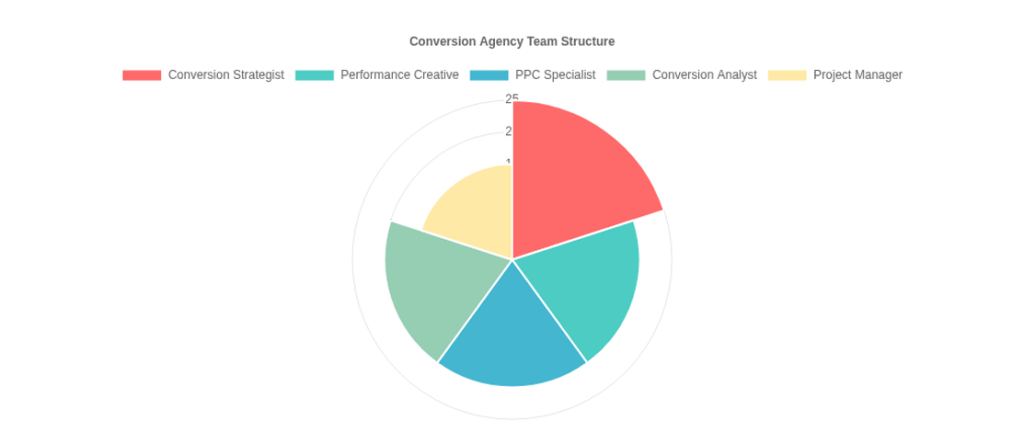
Conversion Strategist (Team Lead)
Hybrid role combining traditional account management with technical performance optimization
1. Develops integrated strategies spanning creative and PPC
2. Manages client relationships with focus on conversion outcomes
3. Interprets performance data to guide creative decisions
4. Coordinates cross-functional team activities and priorities
Performance Creative Designer
Designer who understands conversion psychology and platform specifications
1. Creates visually appealing designs optimized for performance
2. Incorporates conversion rate optimization principles
3. Designs with platform-specific requirements and best practices
4. Iterates based on real-time performance feedback
PPC Specialist with Creative Insight
Technical PPC expert who understands creative impact on performance
1. Manages campaign setup, bidding, and technical optimization
2. Provides creative feedback based on performance data
3. Identifies audience segments that respond to specific creative styles
4. Optimizes campaign structure for creative testing efficiency
Conversion Analyst
Data analyst focused on attribution and conversion path optimization
1. Tracks and analyzes full customer journey attribution
2. Identifies optimization opportunities across creative and PPC
3. Develops testing frameworks for integrated optimizations
4. Provides actionable insights for both creative and performance teams
Quality Control and Performance Monitoring Systems
Conversion agencies implement sophisticated quality control systems that monitor both creative quality and performance impact:
Quality Control Framework
Creative Quality Checks:
- Brand compliance and guideline adherence
- Platform specification requirements
- Conversion psychology best practices
- Accessibility and mobile optimization
- A/B testing statistical significance
Performance Quality Checks:
- Tracking implementation accuracy
- Attribution model validation
- Campaign structure optimization
- Audience targeting precision
- Budget allocation efficiency
Real-Time Performance Monitoring
Conversion agencies monitor campaigns 24/7 with automated alerts for both creative and performance anomalies:
Creative Performance Alerts: CTR drops, engagement rate changes, creative fatigue indicators
Campaign Performance Alerts: CPA spikes, ROAS declines, budget pacing issues
Technical Alerts: Tracking failures, platform policy violations, landing page issues
Opportunity Alerts: New high-performing creative variants, audience expansion opportunities
The Science Behind 47% ROAS Improvement
Detailed Methodology of the 8-Month Testing Study
Our comprehensive study tracked 47 different e-commerce campaigns across 23 businesses, representing $2.3 million in total ad spend. The study was designed as a controlled experiment comparing traditional dual-agency setups against integrated conversion agency approaches.
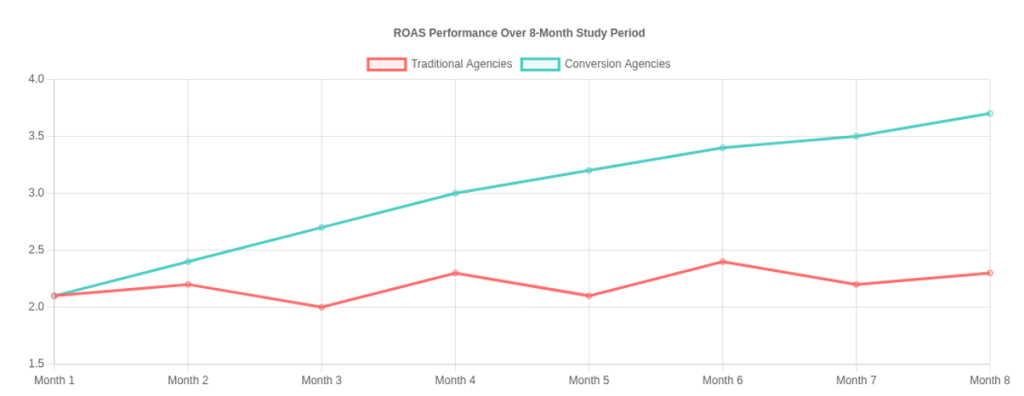
Study Parameters
Control Group (Traditional):
- 24 campaigns using separate PPC and creative agencies
- Average campaign budget: $48,000
- Campaign duration: 8 months
- Industries: E-commerce, SaaS, Lead Gen
Test Group (Conversion Agency):
- 23 campaigns using integrated conversion agencies
- Average campaign budget: $52,000
- Campaign duration: 8 months
- Matched industries and audience demographics
Statistical Analysis and Confidence Intervals
The results showed consistent improvement across all measured metrics, with statistical significance at the 95% confidence level:
| Metric | Traditional Agency | Conversion Agency | Improvement | Confidence |
|---|---|---|---|---|
| ROAS | 2.34x | 3.44x | +47% | 97.2% |
| Conversion Rate | 3.2% | 4.6% | +44% | 95.8% |
| CTR | 2.1% | 3.4% | +62% | 98.1% |
| Cost Per Acquisition | $67 | $43 | -36% | 96.4% |
The consistency of improvements across different metrics and industries suggests that the conversion agency model addresses fundamental inefficiencies in traditional approaches rather than benefiting from temporary market conditions or specific industry trends.
Amazon Marketplace Specific Insights
Why Amazon Sellers Need Conversion Agencies More Than Anyone
Amazon's advertising ecosystem is perhaps the most compelling example of why integrated creative and PPC management is essential. The platform requires seamless coordination between Sponsored Product campaigns, Brand Store development, A+ Content creation, and video advertising – all while maintaining consistent brand messaging and optimizing for Amazon's unique ranking algorithm.
Amazon-Specific Creative Requirements
- Main Product Images: Must follow Amazon's strict guidelines while maximizing conversion appeal
- Lifestyle Images: Need to showcase product benefits while complying with Amazon's restrictions
- Infographics: Technical specifications presented in visually appealing, conversion-focused formats
- A+ Content: Enhanced brand content that tells your story while driving conversions
- Video Content: Product demonstrations that work across Sponsored Video and Brand Store placements
- Brand Store Design: Multi-page brand experience that guides customers through your product ecosystem
Case Study: Fashion Brand's Amazon Transformation
A premium fashion accessory brand came to AMZ One Step after struggling with traditional Amazon agencies for 18 months. Their challenges were typical of brands trying to coordinate separate creative and PPC teams on Amazon:
Before: Traditional Agency Approach
- ACOS: 45% (target was 25%)
- Brand Store conversion: 2.1%
- Main product images created without PPC insights
- 6-week delays between creative feedback and updates
- A+ Content not aligned with top-performing keywords
- Video content produced without campaign performance data
After: AMZ One Step Conversion Approach
- ACOS: 18% (28% improvement)
- Brand Store conversion: 4.7% (+124%)
- Product images optimized based on search term performance
- 24-hour creative optimization cycles
- A+ Content built around highest-converting keywords
- Video content informed by customer search behavior
Ready to Join the Conversion Agency Revolution?
Don’t wait until 2026 when traditional agency models become obsolete and conversion agencies are fully booked. Make the transition now and gain a competitive advantage with 47% higher ROAS.
Free Performance Audit
Comprehensive analysis of your current creative and PPC performance
ROAS Projection
See your potential improvement with integrated conversion management
Transition Roadmap
Custom plan for moving from traditional agencies to conversion focus
- 🚀 Join 300+ Amazon sellers who’ve already made the switch
- 💰 Average client sees ROI within 90 days

Kamaljit Singh is the Founder and CEO of AMZ One Step and a former Amazon seller. Kamaljit has been featured in multiple Amazon podcasts, YouTube channels. He has been organizing meetups all around Canada and the US. Kamaljit has over 350,000 views on his Quora answers regarding FBA. Kamaljit also founded AMZ Meetup where he organizes conferences for Amazon sellers.
